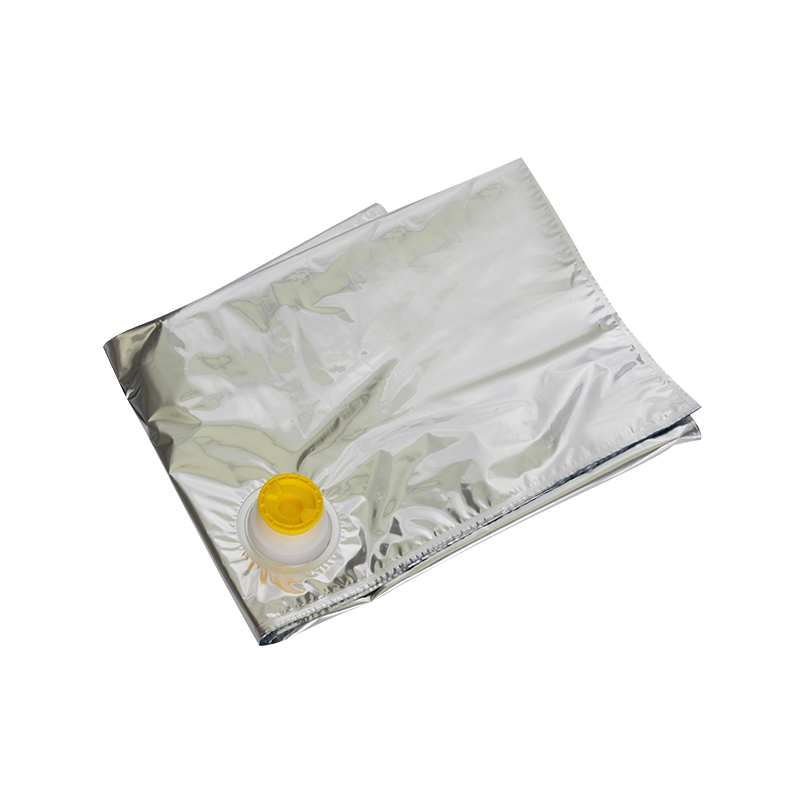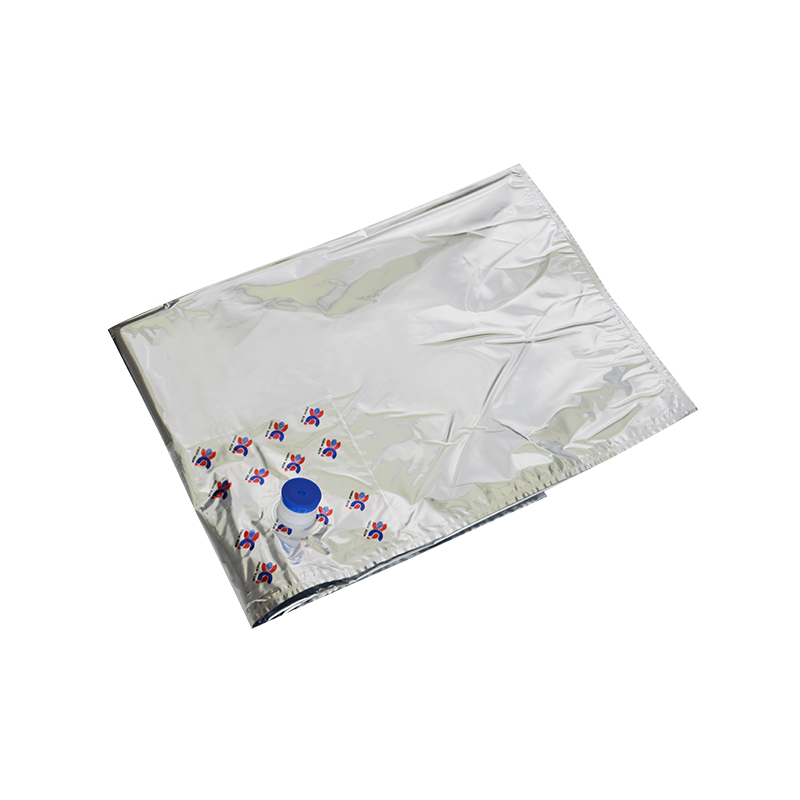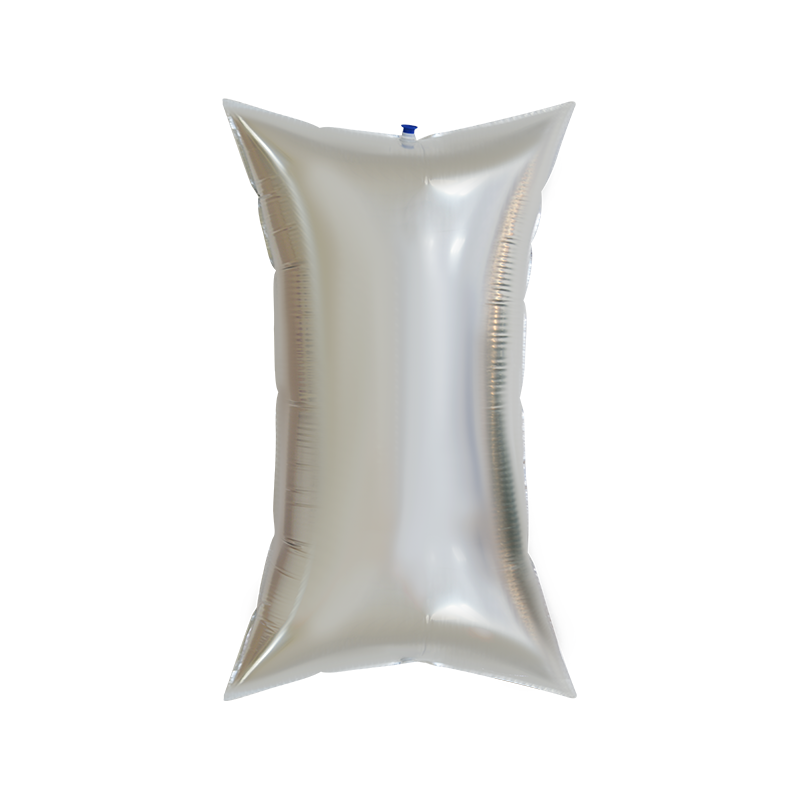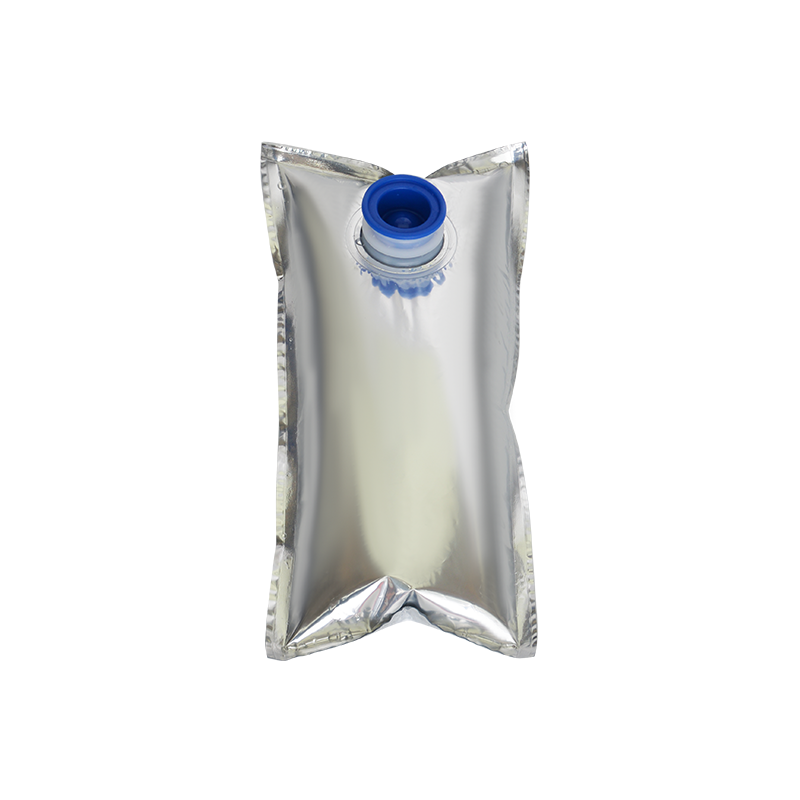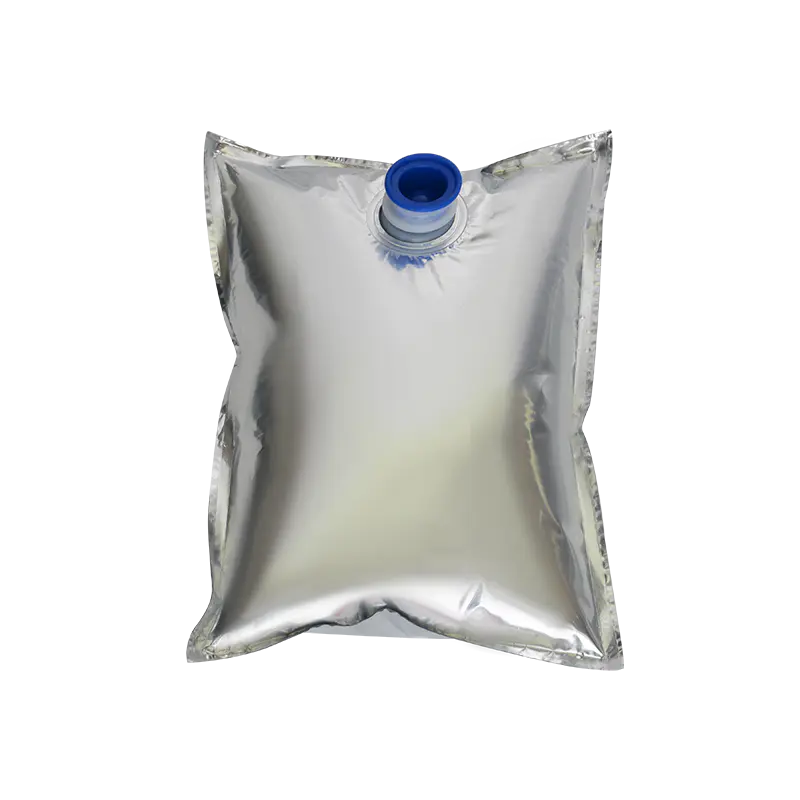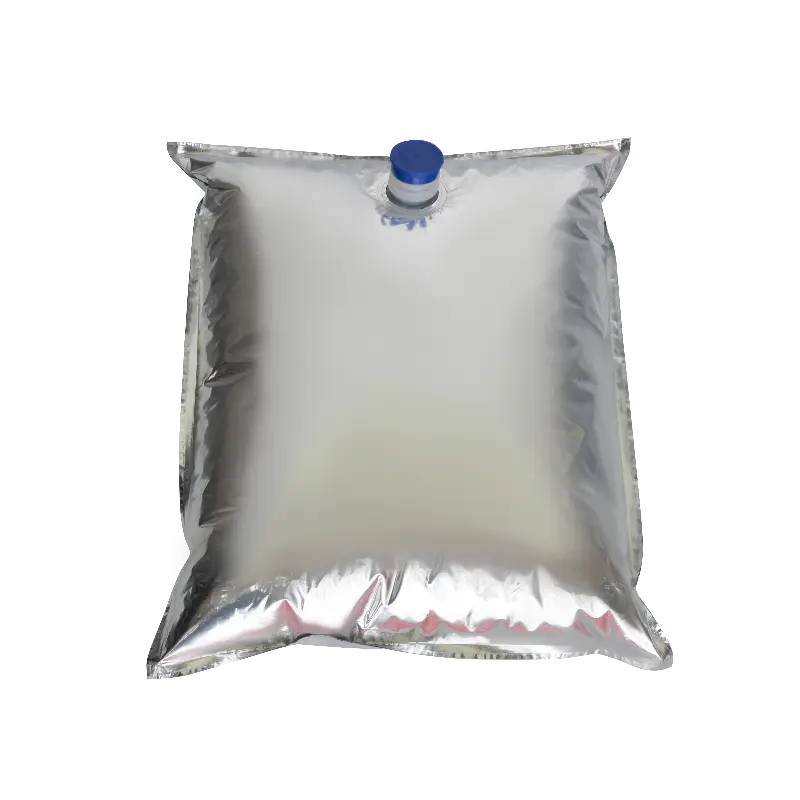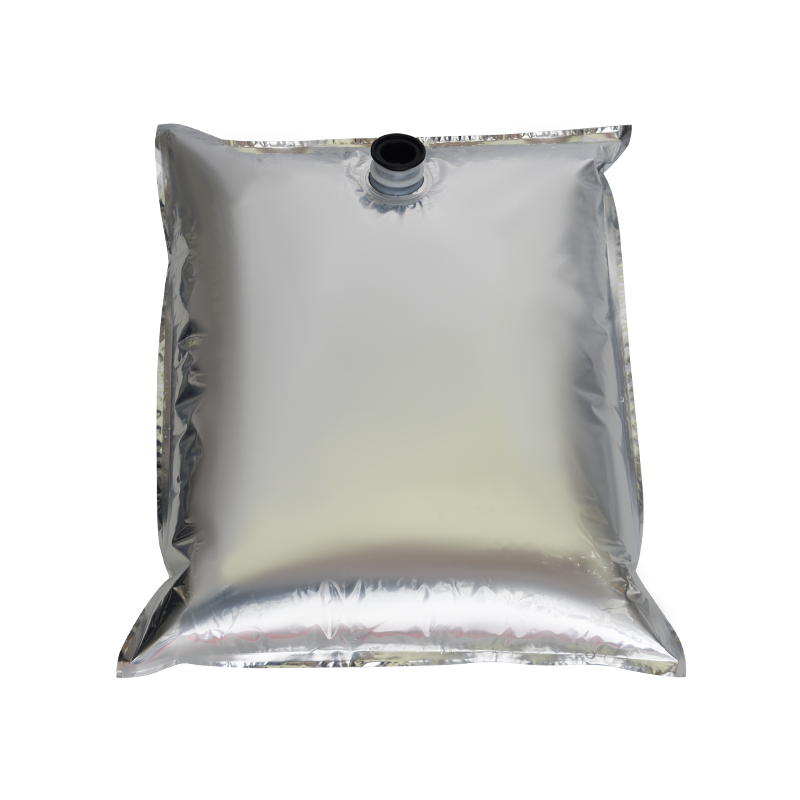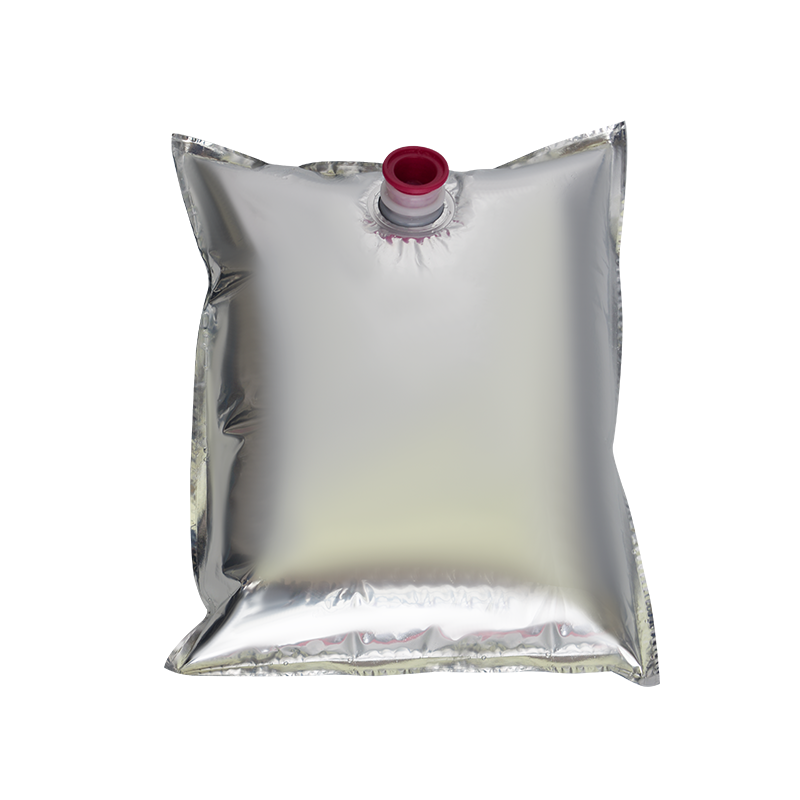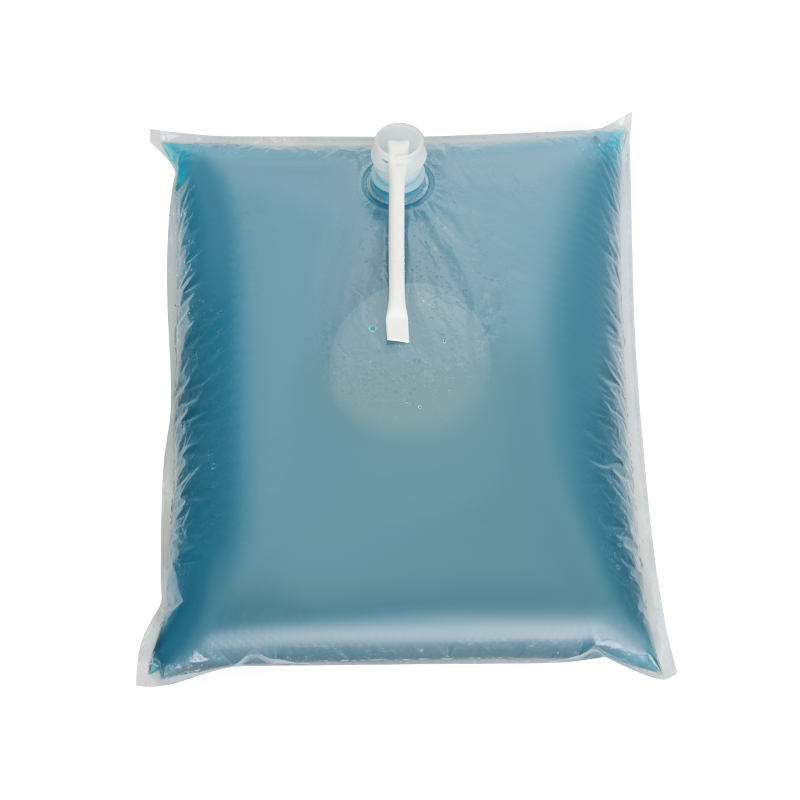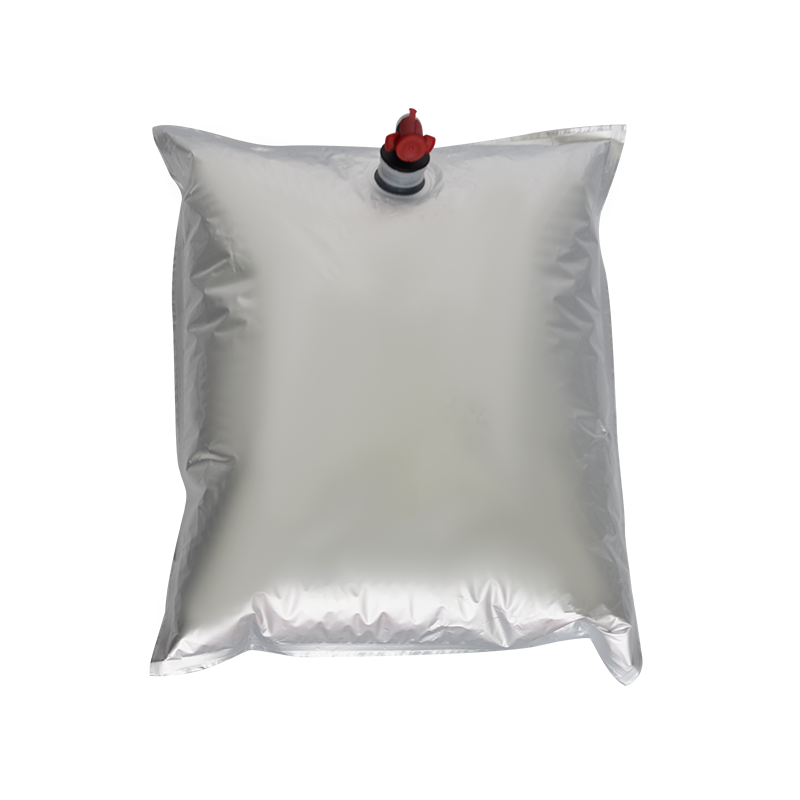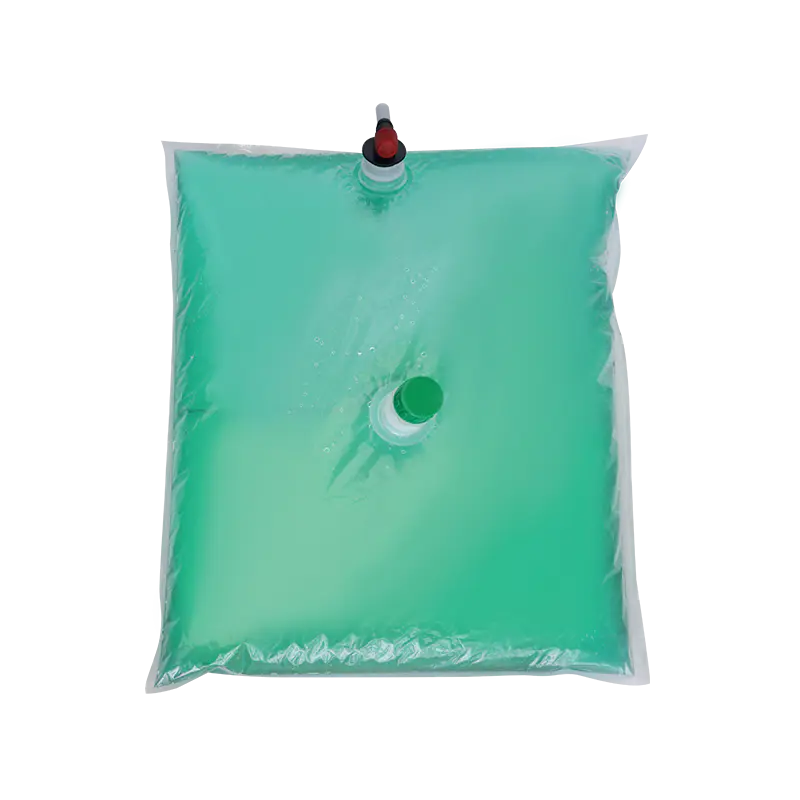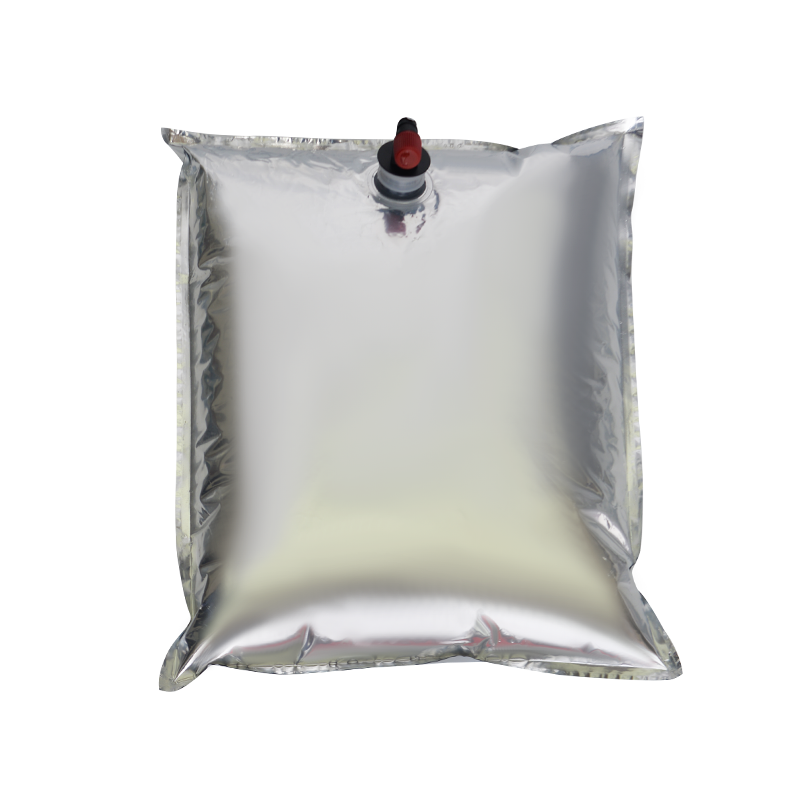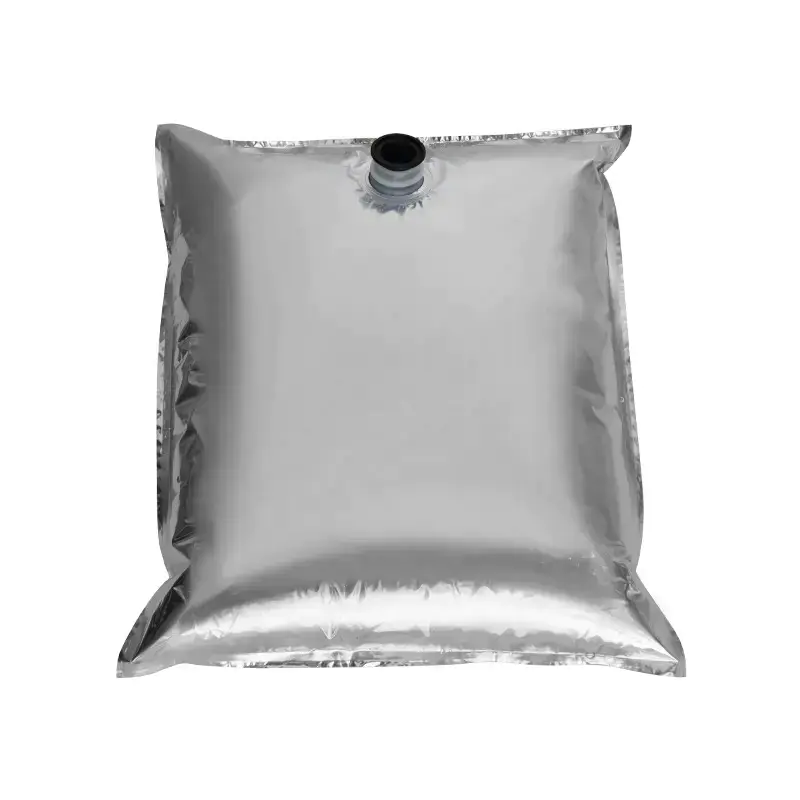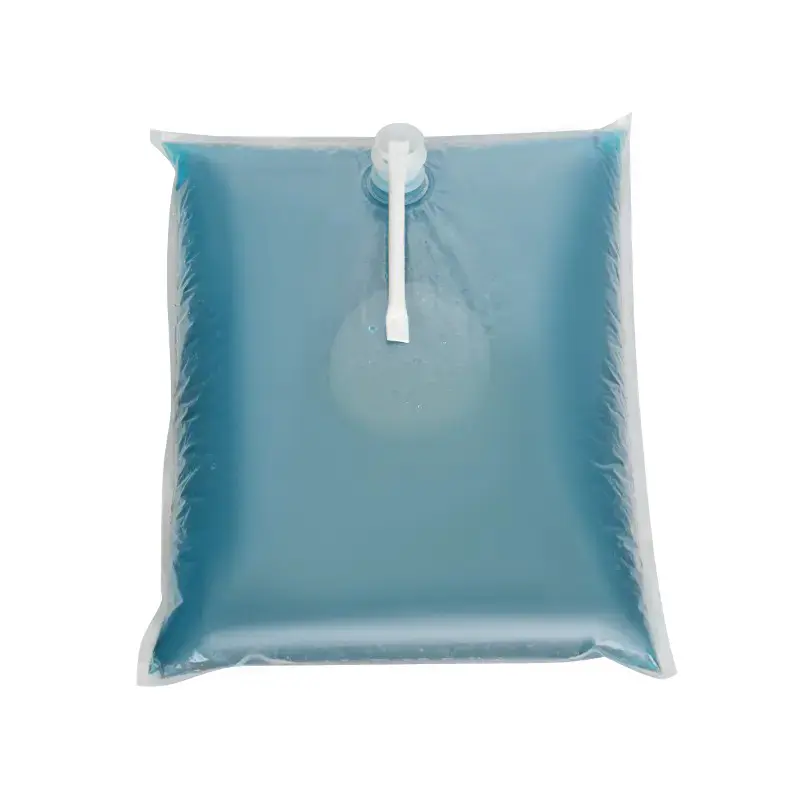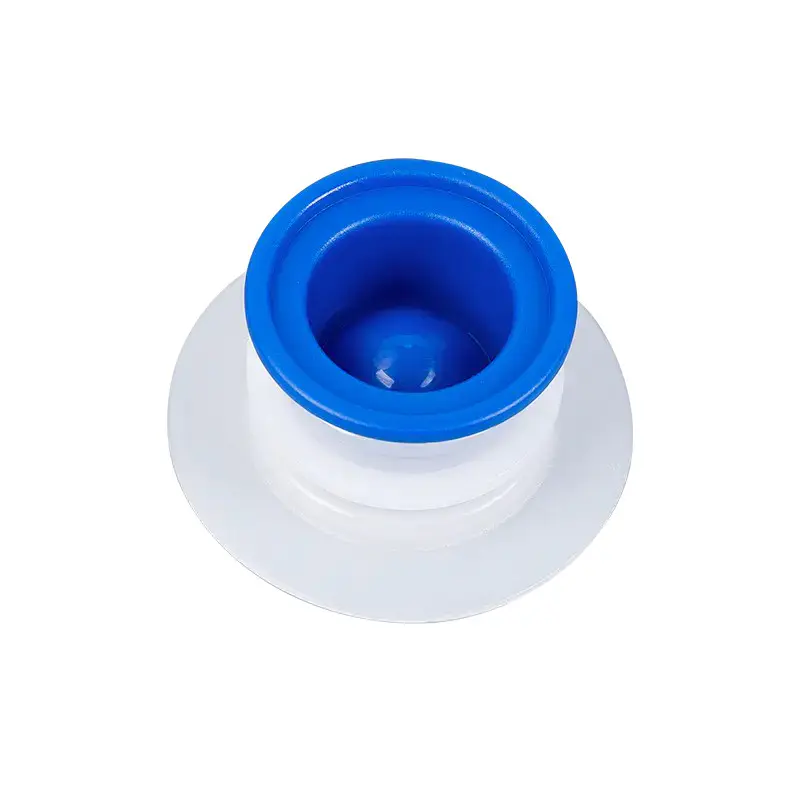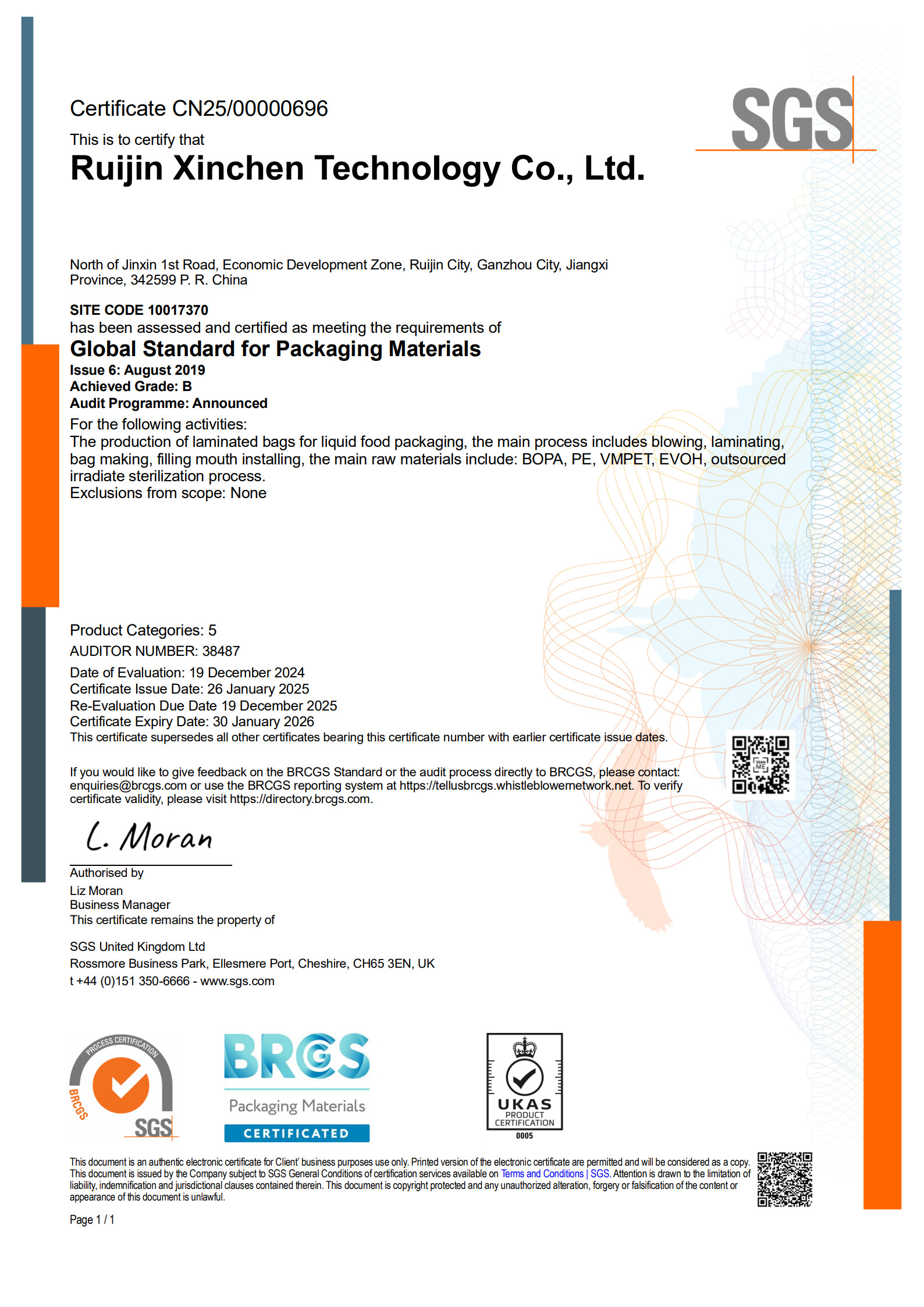
In the continuous evolution of modern commodity circulation and consumption, packaging is not only the "outerwear" of products, but also an important medium for transportation, storage and brand communication. Among the many packaging technologies, Bag In Box is gradually showing its unique advantages and becoming an indispensable packaging solution for many industries such as food and beverage, chemical and daily chemicals.
Bag In Box refers to a double-layer packaging system in which a soft liquid container (usually a multi-layer composite plastic bag) is placed in an outer hard carton. This design was originally developed by the United States in the 1950s and was first used for the packaging of industrial lubricants and wine. With the continuous development of material science and filling technology, bag in box has been extended to milk, juice, concentrate, detergent and even seasoning sauces.
One of the biggest advantages of Bag In Box is its high efficiency and environmental protection during storage and transportation. Compared with traditional plastic bottle or glass bottle packaging, bag in box is folded before transportation, which greatly saves storage space and transportation costs. The carton shell is strong and lightweight, which can withstand external impact, while the liquid bag inside is made of material with excellent barrier properties, which effectively prevents oxygen and light from entering, thereby extending the shelf life of the product. This design is particularly suitable for liquid products that are sensitive to oxidation, such as wine or cold-pressed juice. Under aseptic filling conditions, the fresh flavor of the liquid can be maintained for weeks after opening.
In addition to its outstanding functional performance, Bag In Box also reflects a strong sense of contemporary responsibility in terms of sustainable development. Traditional packaging materials, such as glass bottles, PET bottles or aluminum cans, often have problems of high energy consumption and heavy pollution during the recycling process. The bag in the box adopts a detachable structure, the outer carton is 100% recyclable, and the inner bag is mostly polyethylene or multi-layer composite materials, which can be reused or thermally recovered through professional recycling systems. In comparison, the performance of the bag in the box in terms of carbon footprint, material consumption and overall cost is better than many traditional packaging forms.
In terms of consumer experience, the innovative design of Bag In Box has also won the favor of more and more consumers. The inner bag is usually equipped with a vacuum valve or a gravity diverter valve, so that users can easily access the contents without accelerating product deterioration due to air entering. For example, when using boxed wine or juice at home, there is no need to open the bottle cap every time, avoiding the quality degradation caused by repeated contact with air. This convenience and hygiene of "pour out without a drop left" makes the bag in the box widely used in household consumption, catering industry and even outdoor scenes.
With the rise of the e-commerce economy, Bag In Box is particularly suitable for the protection needs of products in the process of online sales due to its good pressure resistance and sealing. There is no need to worry about the risk of breakage during transportation, and the return and exchange rate caused by liquid leakage is greatly reduced. For the brand, this not only optimizes the customer experience, but also reduces after-sales service and logistics costs.
Bag In Box is not only an innovation in packaging form, but also a manifestation of the concept of green consumption. In this era of efficiency, environmental protection and experience, it is quietly changing the way we interact with liquid products with its unique structure and function. From industrial applications to daily household use, from bulk transportation to personalized consumption, bag-in-box is undoubtedly an important force that cannot be ignored in future packaging trends.

 English
English русский
русский